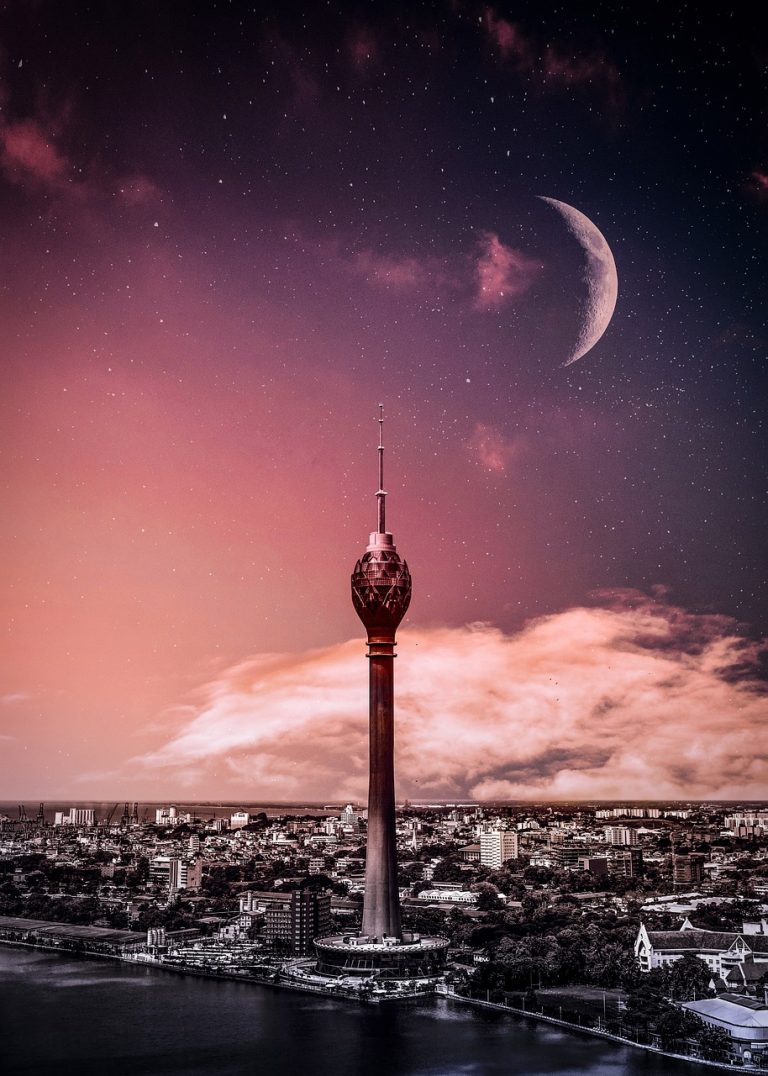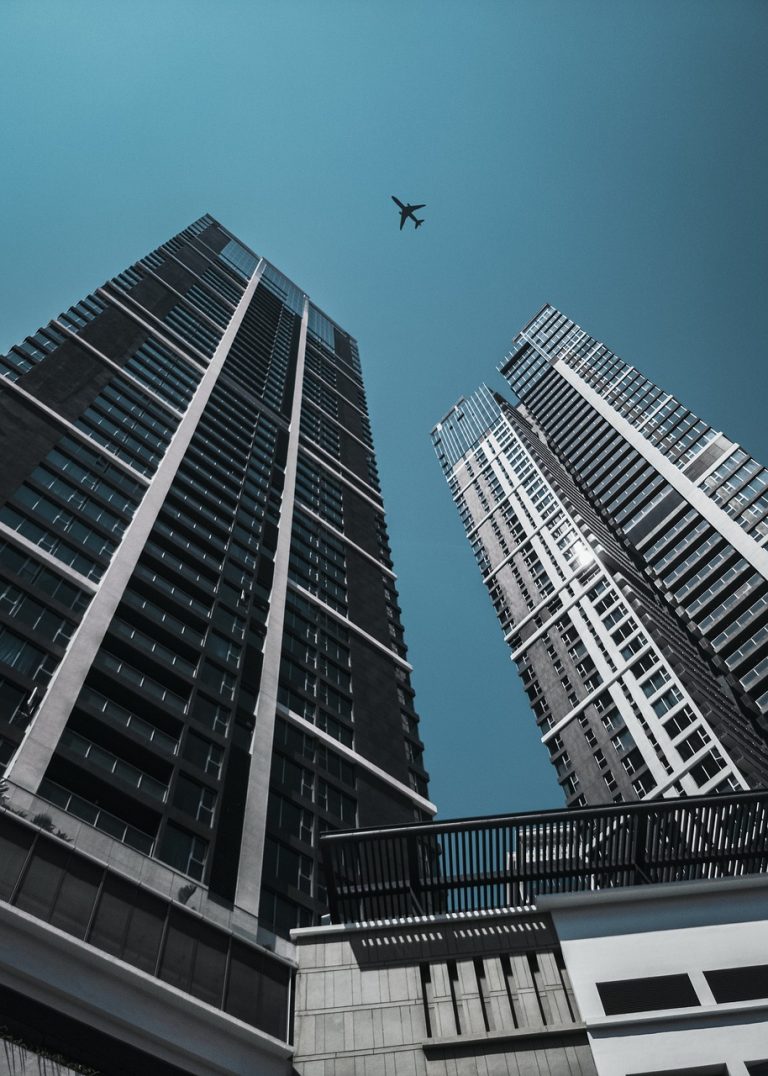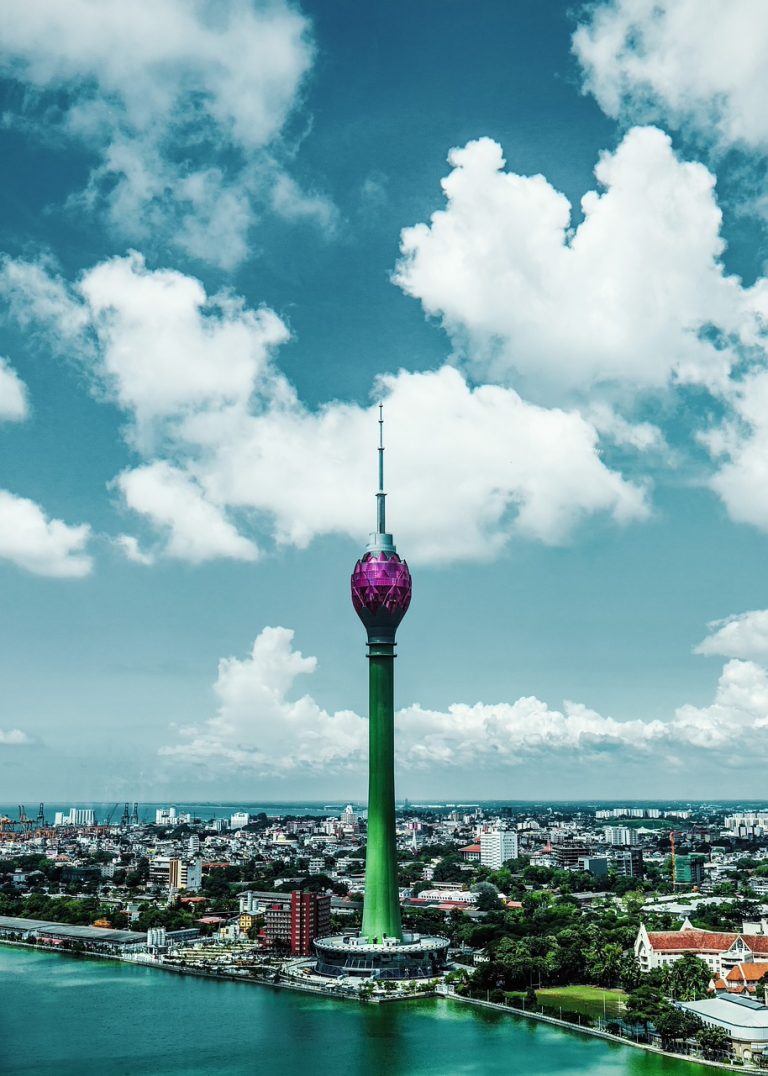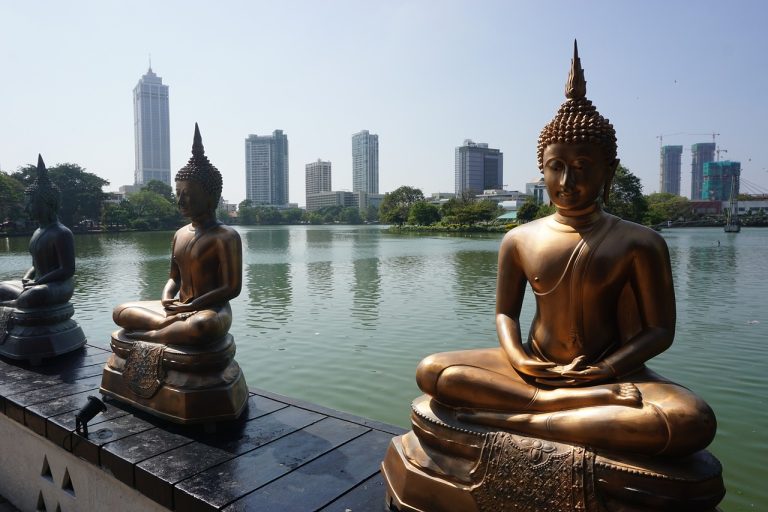Colombo Sri Lanka Video
The Cultural Evolution of Colombo, Sri Lanka
Colombo, the capital city of Sri Lanka, is a vibrant and diverse metropolis that has undergone significant cultural evolution over the years. From its origins as a trading port to its modern-day status as a bustling commercial hub, Colombo has seen the influences of various cultures shape its identity. This article delves into the rich cultural history of Colombo, exploring its transformation into a multicultural melting pot.
The Dutch Influence in Colombo
- Galle Face Green: This iconic urban park, originally built by the Dutch, is a testament to their influence on Colombo’s early development. Today, it serves as a popular recreational space for locals and visitors alike, offering stunning views of the Indian Ocean.
- Dutch Hospital Shopping Precinct: Located in the heart of Colombo Fort, this beautifully restored colonial building now houses a collection of trendy restaurants, cafes, and boutiques. It showcases the seamless integration of colonial architecture with modern amenities.
- Wolvendaal Church: Built in 1749, this Dutch Reformed Church stands as one of the oldest Protestant churches in Sri Lanka. Its distinctive architecture and historical significance make it a must-visit for history enthusiasts.

The British Colonial Legacy
- Colombo National Museum: Established in 1877, the Colombo National Museum houses an extensive collection of artifacts, artworks, and exhibits that showcase Sri Lanka’s rich cultural heritage. It offers visitors a glimpse into the country’s colonial past.
- Pettah Market: Originally developed by the British as a trading hub, Pettah Market continues to thrive as a bustling commercial district. Its narrow streets are lined with shops selling a variety of goods, reflecting the multicultural nature of the city.
- Gangaramaya Temple: Founded in the 19th century, this Buddhist temple combines architectural elements from various cultures, including British, Indian, Thai, and Chinese. Its eclectic design and serene atmosphere attract both locals and tourists.

The Influence of Indian Culture
- Kelaniya Raja Maha Vihara: Situated on the banks of the Kelani River, this Buddhist temple holds great significance for both Sri Lankans and Indians. It is believed to have been visited by Lord Buddha himself and showcases intricate Indian-inspired architecture.
- Kovils: Colombo is home to several Hindu Kovils, which serve as important religious and cultural centers for the city’s Tamil community. These vibrant temples host elaborate festivals and ceremonies throughout the year.
- Bollywood Influence: Indian cinema, particularly Bollywood films, has a significant following in Colombo. The city boasts numerous theaters that screen the latest Indian movies, attracting both locals and expatriates.
The Cultural Fusion of Colombo
- Independence Square: This landmark monument, located in Cinnamon Gardens, celebrates Sri Lanka’s independence from colonial rule. Its architecture blends traditional and modern elements, reflecting the country’s evolving cultural identity.
- Colombo National Performing Arts Theater: Known as the Nelum Pokuna Mahinda Rajapaksa Theatre, this state-of-the-art venue hosts a variety of cultural performances, including traditional dance, music, and theater, showcasing the diverse artistic talents of Sri Lanka.
- Food Culture: Colombo’s culinary scene is a testament to its cultural fusion. From traditional Sri Lankan dishes to international cuisines, the city offers a wide array of culinary experiences that cater to diverse tastes.

Colombo’s Religious Diversity
- Gangaramaya Temple: As mentioned earlier, this Buddhist temple embraces architectural influences from various cultures. It also houses a museum that exhibits religious artifacts from different religions, promoting interfaith dialogue.
- St. Anthony’s Shrine: Located in Kochchikade, this Roman Catholic shrine is a popular pilgrimage site for both Catholics and people of other faiths. It showcases the harmonious coexistence of different religious communities in Colombo.
- Jami Ul-Alfar Mosque: Also known as the Red Mosque, this iconic landmark is a prominent feature of Colombo’s skyline. Its striking red and white striped exterior and unique architecture make it a must-see for visitors.
Colombo’s Modern Cultural Landscape
- Contemporary Art Galleries: The city is home to several contemporary art galleries, such as the Saskia Fernando Gallery and the Paradise Road Galleries, which showcase the works of both local and international artists.
- Street Art: Colombo’s streets are adorned with vibrant murals and graffiti, reflecting the city’s growing street art scene. These artistic expressions add a modern and colorful touch to the urban landscape.
- Music and Nightlife: Colombo offers a thriving music and nightlife scene, with numerous bars, clubs, and live music venues. From traditional Sri Lankan music to international genres, there is something for everyone to enjoy.
Colombo’s Cultural Festivals
- Sinhalese New Year: Celebrated in April, the Sinhalese New Year is a major cultural festival in Sri Lanka. Colombo comes alive with traditional games, music, dance, and festive decorations.
- Vesak: Vesak, commemorating the birth, enlightenment, and passing of Lord Buddha, is another significant festival celebrated in Colombo. The city is adorned with colorful lanterns, and various Buddhist temples organize grand illuminations and processions.
- Navarathri: Navarathri, a Hindu festival dedicated to the worship of the goddess Durga, is celebrated with great enthusiasm in Colombo. The city hosts vibrant processions, music, and dance performances during this festive period.
Conclusion
Colombo, Sri Lanka’s capital city, has evolved into a cultural hub that embraces its diverse heritage. From colonial influences to the fusion of different cultures, the city’s rich tapestry of traditions and vibrant contemporary scene make it a captivating destination for travelers. Whether exploring historical landmarks, indulging in culinary delights, or immersing oneself in the city’s festivals, Colombo offers a unique cultural experience that reflects the spirit of Sri Lanka.
References
- lonelyplanet.com
- cinnamonhotels.com
- srilanka.travel







